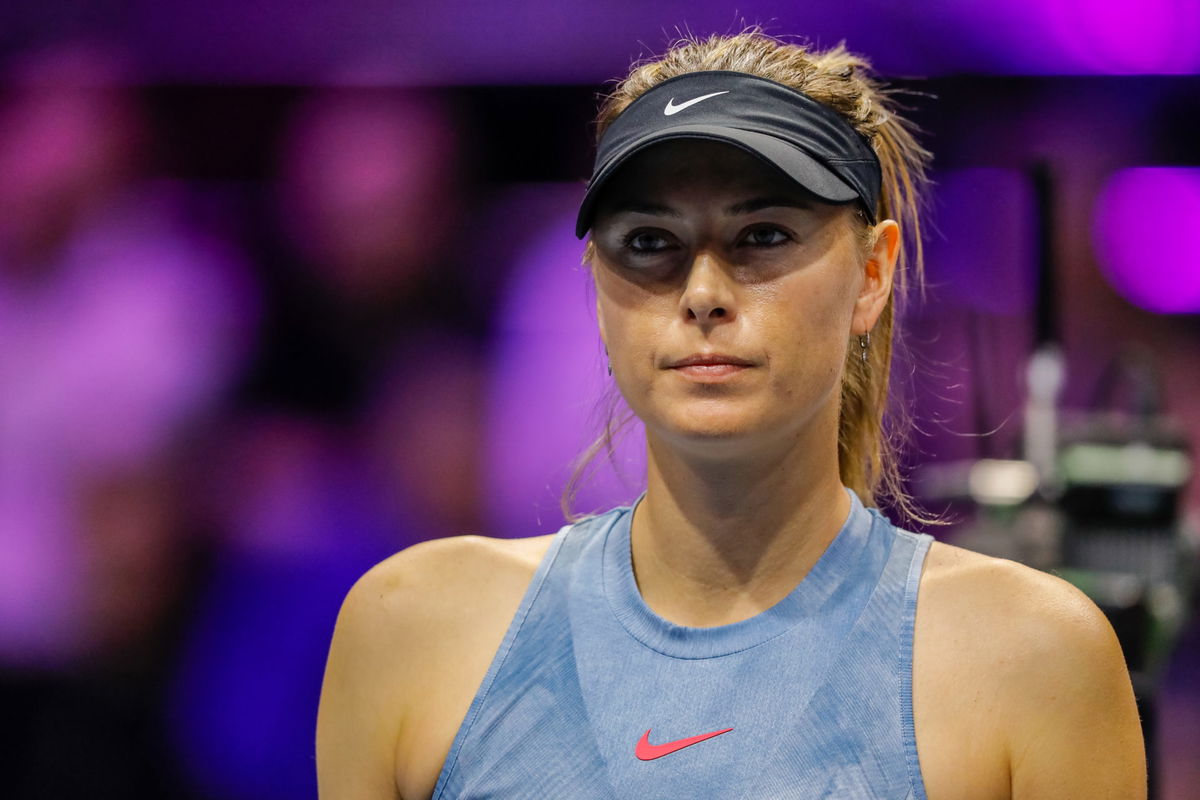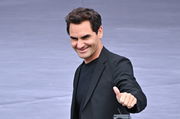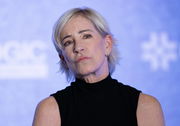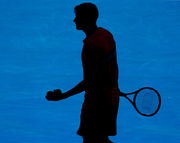
Getty
Maria Sharapova of Russia looks on during her WTA St. Petersburg Ladies Trophy 2019 tennis match on January 28, 2019 in Saint Petersburg, Russia. (Photo by Mike Kireev/NurPhoto via Getty Images)

Getty
Maria Sharapova of Russia looks on during her WTA St. Petersburg Ladies Trophy 2019 tennis match on January 28, 2019 in Saint Petersburg, Russia. (Photo by Mike Kireev/NurPhoto via Getty Images)
Maria Sharapova is credited for her on-court grace. However, going back in time, to 2016, the Russian player suffered an incident, that largely became a black spot in her career. In March 2016, the 5-time Grand Slam champion was banned from competing after failing a doping test at the 2016 Australian Open.
Watch What’s Trending Now!
ADVERTISEMENT
After serving the 15-month ban, she finally made a comeback at the Stuttgart Open. Similar to any other comeback, presumptions were raised that Sharapova just needs to re-brush her game to make a comeback. However, Sharapova’s comeback had much more in the bag. Three months after her comeback, the former World No. 1 penned down a note, talking about her experience making a comeback after a doping ban.
ADVERTISEMENT
The never-ending questions to Maria Sharapova
Making a comeback after serving a doping ban, it was needless to say that it was poles apart from any other comeback. Coming near the comeback date, Sharapova should ideally concentrate on her game. However, the now 35-year-old clearly had worse things to draw her attention.
ADVERTISEMENT
Remembering the time, Sharapova started by asserting. “Before my first match back from suspension, it seemed like everyone in my life only wanted to know one thing: How I was going to feel. Whether it was my friends, or my family, or even the limited amount of press that I did leading up to the event, this was the question I’d get asked more than any other.”
Top Stories
Roger Federer Sparks Comeback Frenzy After Huge Australian Open Announcement

Martina Navratilova Drops 3-Word Message in Aryna Sabalenka’s Support Over Her Recent Comments

26YO ATP Pro Handed 20 Years of Suspension After Breaching 27 Anti-corruption Programs

Nick Kyrgios Defends Aryna Sabalenka Amid Billie Jean King’s Criticism

Aryna Sabalenka Breaks Silence on Nationality Switch After Belarus Representation Ban

Coming back from something of the sort is not anyone’s everyday schedule. Similar was the case with Sharapova. Going ahead in the note, she admitted, “And my answer would always be the same: I have no clue.”

Getty
MONTREAL, QC – AUGUST 09: Maria Sharapova of Russia reacts after losing a point against Caroline Garcia of France during day four of the Rogers Cup at IGA Stadium on August 9, 2018 in Montreal, Quebec, Canada. (Photo by Minas Panagiotakis/Getty Images)
Following the ban, she took complete responsibility for the accusation. Further, she also admitted that she had been using it in the form of a medicine prescribed by her doctor.
ADVERTISEMENT
One may think that they are close to understanding the situation. However, needless to say that without being in the same shoes, one would not even get close to it. “There is something about a suspension — the judgments, and the scrutiny, and the emotional toll — that is just hard to compare to anything else … and almost impossible to have any certainty about, until you’ve been through it,” she said. “Those 15 months made it clear to me that there were two levels I had to get back to: physical, yes, but also mental,” she further added.
ADVERTISEMENT
The support and the oppose
Sharapova is one of the handful of players known to have had cordial relations with her peers on court. However, the same didn’t seem to have been reciprocated by the peers.
Disturbed be the act, she wrote, “I’m aware of what many of my peers have said about me, and how critical of me some of them have been in the press. If you’re a human being with a normal, beating heart, you know … I don’t think that sort of thing will ever fully be possible to ignore.”
ADVERTISEMENT

A coin has two sides. Similar was the case with Sharapova; the ban also made her aware of the importance of fans. Importance, that for a long time went unnoticed by her. Going ahead in her note, she admitted, “…it wasn’t until I had this time off, and then came back, that I think I really began to understand just what my fan base means to me — not only as an idea, but on a deeper level. On a human level.”
ADVERTISEMENT
Watch this story- When Martina Navratilova destroyed a Twitter user over comments on Beyonce
Sharapova finally made a comeback at the 2017 Stuttgart Open. Over the next couple of years, she tried her luck in different tournaments across the globe. However, despite repeated tries, she failed to get back her vintage form. After three years, she finally announced her retirement in early 2020.
ADVERTISEMENT
ADVERTISEMENT
ADVERTISEMENT

